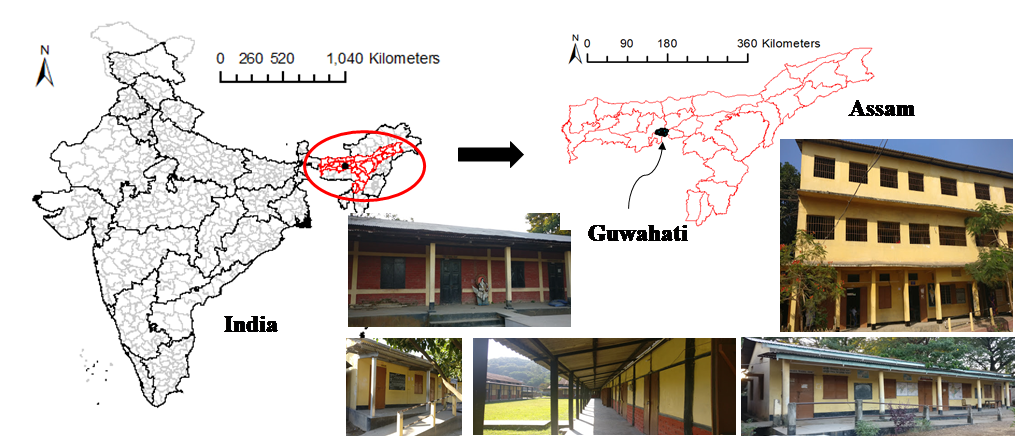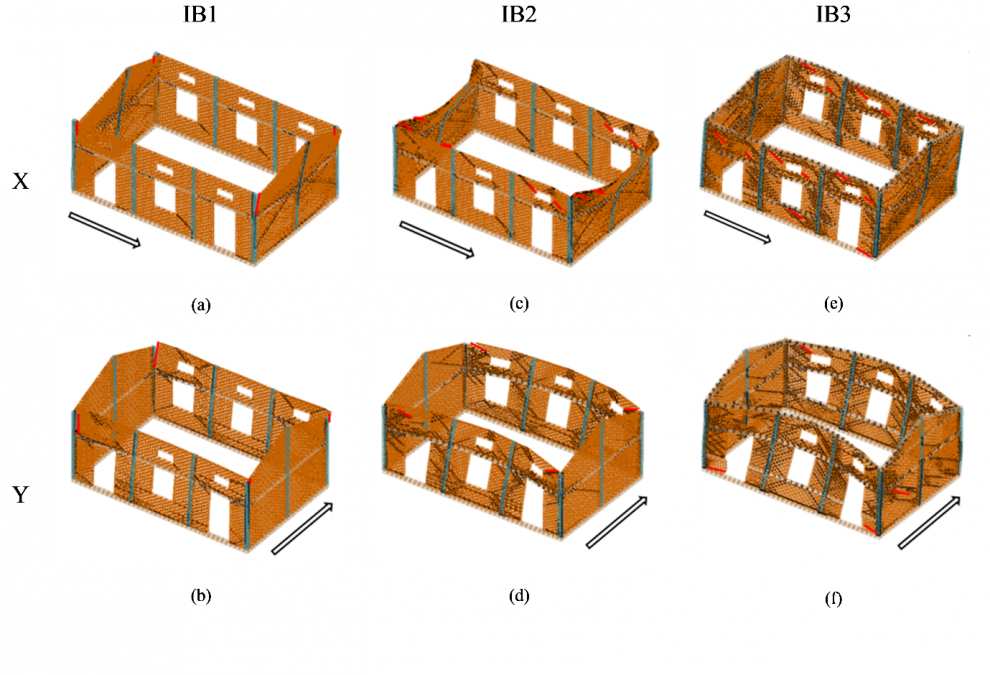Vulnerability assessment of masonry school buildings to seismic & flood hazards via Bayesian network
The project explores individual and combined flood-seismic risk assessment of confined masonry school systems.

12 November 2021
The PhD project explores individual and combined flood-seismic risk assessment of confined masonry school systems. The study adopts applied-element method for physical capacity assessment at building level and Bayesian Networks approach for impact assessment at system level.
Exposure of masonry school buildings to natural hazards such as floods and earthquakes poses significant risk to the vulnerable population of students and their education process. In region of high exposure, these hazards may often act in combination, causing worse effects than from individual action. Induvial and combined action of hazards on the physical infrastructure, combined with reduction in functionality due to accessibility loss or the use of schools as shelters, ultimately result in disruption to education delivery. In addition to these considerations, the state of social vulnerability of the population users of the school system plays a role to either aggravate or alleviate this disruption. Estimating the overall disruption to education at schools is an essential exercise to understand the its contributing factors, and to quantify the impact on the school system in delivering its prime function. The project addresses the above research question through a methodology combining physical capacity assessment through numerical modeling at building level and a Bayesian network assessment at system level. The study is based and illustrated through a case-study of school buildings in Guwahati, city in India, where dominating building typology is confined masonry with varying design levels. A tailored taxonomy system is developed to characterize the seismic features of these unconventional buildings, modifying the existing GLoSI (The World Bank,2020) system. The physical effects of individual and combined flood and seismic action on these confined masonry buildings are studied through an applied element modelling platform and to generate fragility curves corresponding to varying hazard intensities, under separate and combined loading from hydrostatic pressure due to flood depths and ground acceleration. These fragility curves constitute the inputs to the Bayesian network that is developed to model the complex system containing the hazards, exposure and vulnerability components. A network of multiple schools in a locality is considered as a system in this study and components contribute to the disruption to the system are identified, such as , schools’ physical functionality, other non-structural causes and social vulnerability. The impact of the hazards and social vulnerability is quantified through probability of the system being in various states of disruption. The network enables updating of probabilities using available evidence on any of the system variables, and branches out to explore effects of non-structural mitigation measures in reducing the disruption.

Principle Investigator (PI) & Co-I
Professor Dina D'Ayala (UCL)
Dr. Pierre Gehl (BRGM, France)
Researchers
Ahsana Parammal Vatteri
Collaborators
- BRGM (France)
- Assam Engineering College (Guwahati- India)
Publications
Vatteri, D’Ayala and Gehl, (2022), Bayesian Networks For Assessment Of Disruption To School Systems Under Combined Hazards, International Journal of Disaster Risk Reduction, Volume 74, 102924.
Vatteri and D’Ayala, (2021), Classification and Seismic Fragility Assessment of Confined Masonry School Buildings, Bulletin of Earthquake Engineering 19, pages 2213–2263
Report on ‘Expanding Global Library of School Infrastructure (GLOSI) Taxonomy for Confined Masonry’, accepted to the Global Programme For Safer Schools – GPSS, GLoSI – Global Library of School Infrastructure, The World Bank, GFDRR.
Vatteri, D’Ayala and Gehl, (2021), Bayesian Networks For Seismic Performance Assessment Of Confined Masonry School Systems, Proceedings of 17 WCEE, Sendai, Japan.
Vatteri and D’Ayala, (2019), Assessment Of Confined Masonry School Buildings In Guwahati, India, Proceedings of SECED 2019, Greenwich, London.
Vatteri, D’Ayala and Gehl, (2022), Analytical vulnerability-based risk assessment of school systems exposed to multi-hazards, Accepted to ICONHIC 2022.
Adhikari, Vatteri and D’Ayala, (2022), Seismic assessment of ordinary and confined masonry school buildings using the applied element modelling, paper under preparation for a special issue of Buildings.
 Close
Close

